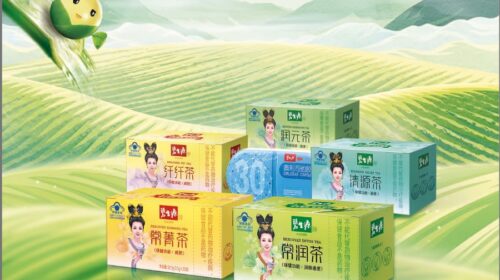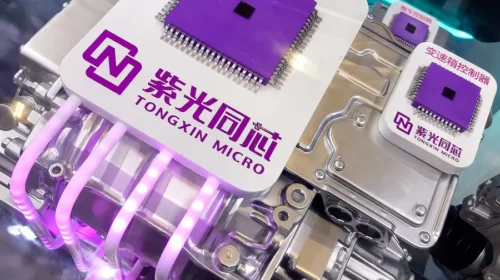Dietary fiber finds place on Chinese dining tables in dawning sugar-free era

With its significant gap in adoption, China has big potential to join growing global weight management, gut health and chronic disease prevention movements
LeadLeo Research Institute
As the concepts of “sugar, fat and calorie control” gain traction, dietary fiber has shifted from a passive nutritional component to a functional ingredient that many consumers are proactively choosing. It’s now widely used in sugar-free beverages, breakfast cereals, meal replacement powders and dietary supplements, becoming an important ingredient for food innovation and functional product pricing.
Industry experts note that dietary fiber – recognized by nutritional science as the so-called “seventh nutrient” – is increasingly supported by science for its benefits in weight management, blood sugar regulation, and gut microbe maintenance. Its water-absorbing and swelling properties help induce feelings of satiety, while certain soluble fibers ferment into short-chain fatty acids, which support a balanced intestinal environment. These mechanisms have driven a sharp rise in demand as metabolic health gains public attention.
The global dietary fiber market reached $514 million in 2023 and is projected to grow to $1 billion by 2030, representing 10% annual growth, according to industry data. Market growth is mainly driven by the rising need for chronic disease prevention, faster innovation in functional foods and changing consumer preferences in Asia – especially in China.
China is now the largest dietary fiber consumption market in the world. The Chinese Nutrition Society recommends 25 grams to 30 grams of daily fiber intake for adults, but the average remains significantly below that level, creating a clear intake gap. A large population and growing health awareness have made dietary fiber a crucial differentiating ingredient for food manufacturers.
China’s production of dietary fiber surpassed North America in 2019, ranking first globally. Several upstream enterprises are also accelerating their expansion of capacity, including a newly commissioned 30,000-ton annual soluble dietary fiber project, signaling expectations of sustained market growth.
From an industry chain perspective, upstream raw materials – including starch, sucrose, glucose and their processed derivatives – are strongly influenced by global corn and sugarcane prices. The sector’s midstream is the core production stage, where technological upgrades may reduce costs and improve particle quality. Downstream applications span food, beverages, dairy, baked products and nutraceuticals.
Soluble dietary fiber gains traction
Soluble fibers such as inulin, resistant dextrin and β-glucan are favored by beverage and dairy producers due to their better palatability and formulation compatibility. They serve as nutrient sources for probiotics in fermented dairy, enhance mouthfeel, improve stability and dispersibility in high-fiber beverages, and extend shelf life and product structure in baked foods.
Major dairy companies including Yili (600887.SH) and Mengniu (2319.HK) have launched products containing prebiotic dietary fiber, while meal-replacement and light-food brands have also made “fiber-enriched” a prominent value proposition, indicating that functional positioning is redefining formulation logic and pricing power.
Industry forecasts suggest that dietary fiber will evolve from a basic nutritional supplement toward a more systematic health management tool, with clearer functions in weight and blood sugar control, gut microbe balance and immune support. As precision nutrition, aging-focused nutrition, and chronic disease prevention continue to advance, “Dietary Fiber + Functional Foods” is expected to become a new competitive focus in the food sector.
Analysts note that the dietary fiber segment shows strong long-term fundamentals: big likelihood for strong demand, rapid expansion of application scenarios, and cost reduction driven by industrial upgrading, though challenges remain in regulatory standardization and intensifying competition.
As consumer health awareness increasingly shifts toward “prevention over treatment,” dietary fiber looks like one of the most promising functional ingredients following protein and probiotics, and is becoming a key growth engine in the food industry’s path toward a multi-billion-dollar market.
LeadLeo Research Institute is an original content platform for research on banks and companies and an innovative digital research service provider with nearly 100 senior analysts. You can contact the platform at CS@leadleo.com.
This commentary is the views of the writer and does not necessarily reflect the views of Bamboo Works
To subscribe to Bamboo Works weekly free newsletter, click here





